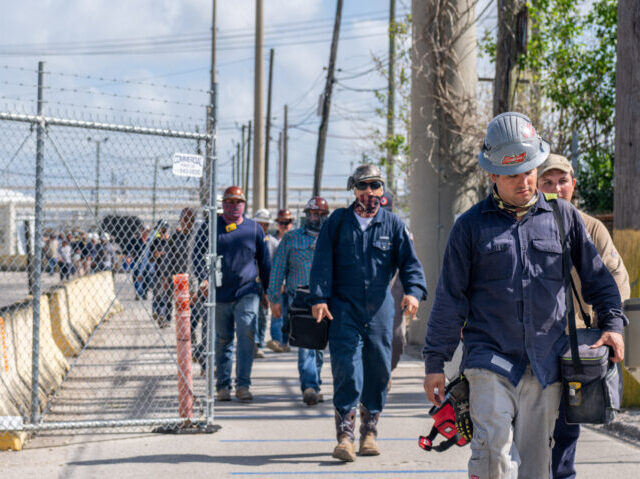General business conditions for Texas manufacturers unexpectedly deteriorated in September despite an increase in factory output, data from the Federal Reserve Bank of Dallas showed Monday.
The Texas Manufacturing Outlook Survey’s index of general business conditions fell to a minus 17.2 from minus 12.9 in August. This is the fifth consecutive negative reading for the index.
This was worse than expected. Economists had forecast a minus 5.5 on the general business conditions index.
The deeper dive into negative territory suggests regional activity contracted at a faster pace in September than earlier this month.
The production index—a key measure of state manufacturing conditions—clumbed to 9.3 from 1.2. This suggests that output increased at a faster pace even though conditions were worsening.
The labor market indicators suggest manufacturers are still experiencing a very tight labor market. The employment index was largely unchanged at 15.0, a reading the significantly above its series average of 7.8. Twenty-four percent of firms noted they were growing payrolls, while 9 percent said they had downsized their payrolls. The hours worked index remained slightly elevated but moved down six points to 8.0.Prices and wages continued to increase at an elevated pace—with some signs that inflation relief seen this summer had faded. The raw materials prices index ticked up from 34.4 to 37.1, ending a three-month trend of easing price pressures. The finished goods prices index, however, continued its downward trend and fell nine points to 18.1, a reading still well above average. The wages and benefits index also declined.Expectations regarding future manufacturing activity were mixed in September. While the future production index pushed further into positive territory at 28.3, the future general business activity index remained negative and dropped 14 points to -22.4. Other measures of future manufacturing activity, like new orders and employment, pushed further positive in September.Expectations regarding future manufacturing activity were mixed. The future production index pushed further into positive territory but the future general business activity index went more deeply negative.
“We are living in Alice in Wonderland … it just gets worser and worse,” a machinery manufacturer told the Dallas Fed.
“We see the general economic situation worsening, but our customers are still buying because the oil industry is still making money and they see a bright future even though they will not talk about it. Therefore, we have hired a few new people to support the business that is coming over the next couple of months,” another machinery manufacturer said.
Food inflation is changing consumer purchasing habits, a food manufacturer told the Dallas Fed.
“We have seen a dramatic shift in consumer behavior and it is impacting our volume. Beginning in May, demand for our premium products started to wane as consumers shifted to less-expensive brands. This has accelerated as fuel and other costs have risen. We are taking aggressive steps to recoup the volume loss and are cutting expenses in order to hit our financial targets for the year. We are unsure of the duration of this shift in consumer behavior,” the manufacturer said.

COMMENTS
Please let us know if you're having issues with commenting.